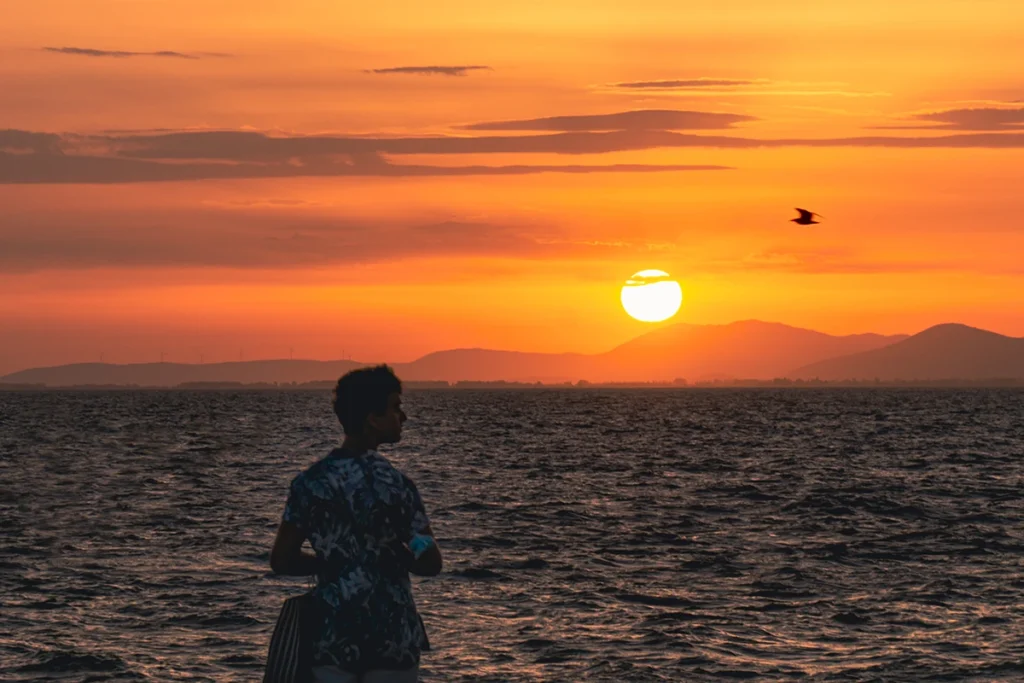
Magic doesn’t appear on demand. It reveals itself to those who are ready.
There’s something about sunsets that pulls us in.
No matter where you are in the world, watching the day fade into color feels like both an ending and a beginning.
For me, sunsets were more than just beautiful views. They became my classroom, my motivation, and eventually, one of the greatest metaphors I’ve ever discovered.
The First Lessons
I’ve seen sunsets from many places around the world. Some I stumbled upon by chance, others I chased with my camera in hand, hoping to catch that perfect golden glow.
When I first started learning photography, I didn’t even know how to use manual mode.
But I remember one evening clearly, I set my aperture to f/11 for the first time, the ISO to 100, and suddenly the sky revealed radiant colors I had never managed to capture before. It felt like magic.
Those first months with my little camera and kit lens were some of the most exciting of my life. Every evening, I went out to practice learning something new.
The Magic of Being Present
Sunsets are full of surprises. Most evenings are ordinary, but if you show up day after day, every now and then the sky explodes into something unforgettable.
That became my motivation… to keep showing up. To put myself in the right place, again and again, knowing that magic doesn’t appear on demand. It reveals itself to those who are ready.
Motivation comes from action. And for me, the plan was simple: be there daily, learn daily, and sooner or later, something extraordinary would happen.
The Realisation
One evening, as I was framing the horizon, something struck me. The Sun is always there. Every evening, without fail. It doesn’t disappear. It doesn’t stop shining.
What we call a sunset is not the Sun setting at all. It’s us. The Earth turns. We turn. We do the setting.
It hit me deeply. How often do we say, “the light is gone,” when in truth, the light never left? We were the ones who shifted.
“The Sun doesn’t set. We do. And when we’re ready, we can always turn back toward the light.”
Lessons Beyond Photography
That realization has stayed with me ever since. It taught me that the Sun doesn’t do the work for us, we do. We wait for change to come, forgetting that change begins with our own movement. We think the day is over, when in reality, we’ve simply turned away from the light.
“Sunset” is often a story we tell ourselves. The Sun doesn’t set. We do. Sometimes we believe something is over… a day, a relationship, a dream, but in truth, we are the ones stepping away from it. Endings can be a matter of perception, not fact.
We are the ones in motion. The world doesn’t revolve around us. What we call a “setting sun” is really a mirror of our own movement. The universe doesn’t bend to our storylines, we are the ones who shift, who come and go.
One of the most powerful realizations for me is that God, like the Sun, never leaves. It is we who turn away. If we see the Sun as a symbol of His presence, His love, and His guidance, we understand that His light is constant. We only lose sight of it when we drift, when we “set.”
In life, the work of change is simple but profound.
- I’m waiting for light → You are the one who must turn toward it.
- The day is over → No, you’ve just turned away from it.
- It’s dark now → Yes, but the Sun has never stopped shining.
- Change will come → Change begins with you.
We often tell ourselves, “I’ll wait for inspiration,” “I’ll feel better when things improve,” or “When the sun comes up, I’ll try again.” But the truth is the Sun is already up. The light is constant. All we have to do is turn back toward it.
And of course, we have to rest too. The Sun never stops shining, but we humans can’t go full solar panel mode 24/7 😛
My Creative Choices
Photography has been my way of chasing both light and meaning. Along the journey, I’ve discovered tools that shaped how I create.
I’ve always loved APS-C cameras for travel, and here’s why:
- Lightweight and compact, perfect for long days on the road
- More affordable compared to full-frame systems
- Excellent image quality for both photos and video
- Smaller lenses that don’t weigh down my bag
- Reliable performance without holding me back
I started with the Sony Alpha a6000 and the kit lens. Later, I upgraded to the Sony 18-105mm f/4 G OSS, which became my primary travel lens. It offered constant f/4 aperture, internal zoom, power zoom for video, great reach, and excellent quality.
Eventually, I switched to the Sony Alpha a6400. It was an amazing camera with reliable autofocus and improved color science that made it perfect for my creative journey. The only drawback was the small battery. Since I also shoot with a full-frame Sony Alpha with the larger battery, I sold the a6400 at mpb.com and now plan to either get the Sony a6700 or the Sony a7C II.
Editing My Sunsets
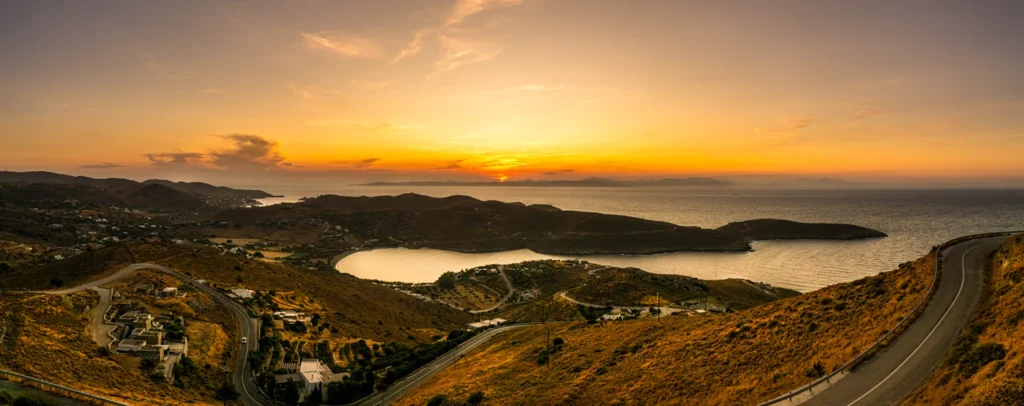
Editing is where the photographs come alive.
Most of my work happens in Lightroom Classic. I use a mix of carefully chosen presets that instantly bring out mood, warmth, or cinematic tones depending on the story I want to tell. Lightroom’s catalog system also makes it easy to organize, revisit, and refine my photos.
I’ve experimented with Luminar Neo, which has impressive AI tools, but for me it lacked a strong catalog system. Without proper organization, it just can’t replace Lightroom.
For quick edits on the go, I often use the Darkroom app on my phone. It has great presets and lets me tweak colors easily with tools like HSL adjustments.
Camera Gear
This camera and lens combo has been my go-to travel setup for the past years. If you can find the Sony a6400 bundled with the E 18-135mm as a kit, grab it! Buying them separately can get pricey and isn’t always worth it.
Even though I now own Sony full-frame cameras and lenses, I don’t find them ideal for travel. They’re bulky and heavy. That said, many photographers would disagree and that’s perfectly fine. In the end, whatever setup fuels your creativity is the right one for you.
The Sony Alpha a6400 remains an excellent choice for travelers. It delivers exceptionally sharp images, class-leading autofocus, and vibrant, true-to-life colors.
I switched to the Sony 18-135mm F3.5-5.6 OSS from the Sony PZ 18-105mm, and it’s been a game changer for travel. It’s noticeably sharper, impressively lightweight, and easy to carry all day even with its variable aperture.
Pro Tip: You don’t need prime or other expensive lenses to capture stunning sunset shots!
Why I Love Framing the Journey
For me, photography is not just about capturing sunsets. It’s about the travel, the magical moments, and the emotions tied to them. It’s about sharing the journey instead of letting memories get buried on a hard drive or in a phone.
That’s why I started Frame Your Journey in the first place. To focus not just on the photographs but on the documentation of experiences, the lessons along the way, and the importance of doing something meaningful with the content we create each month.
This is also the reason I’m building my platform to support this cause and mission. The foundation is already up, but there’s more to come that I’ll be sharing in the upcoming months.
Camera for Travel
Sony Alpha a6400


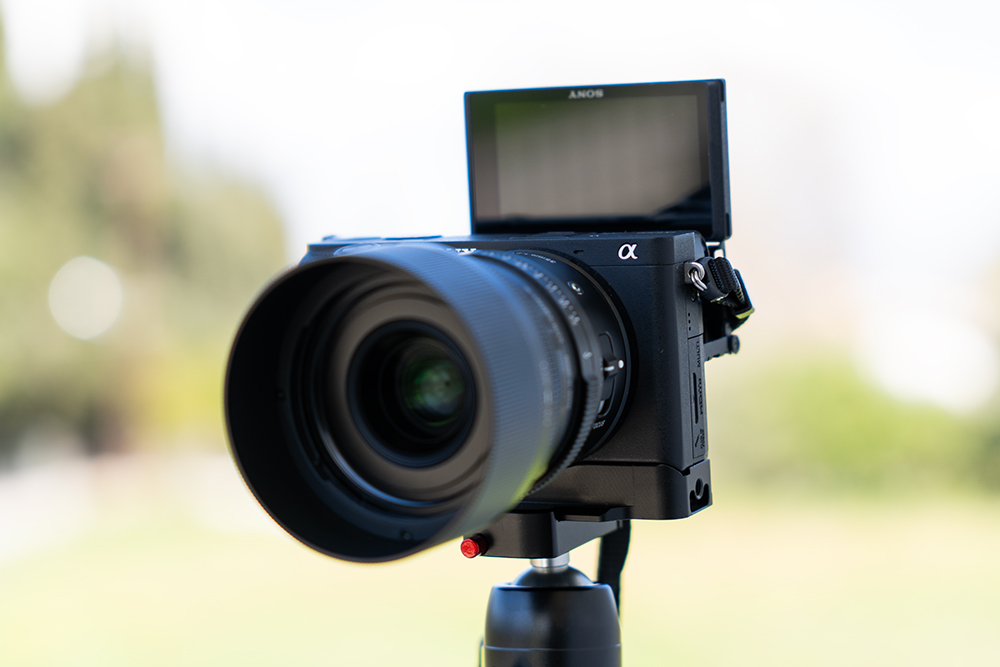
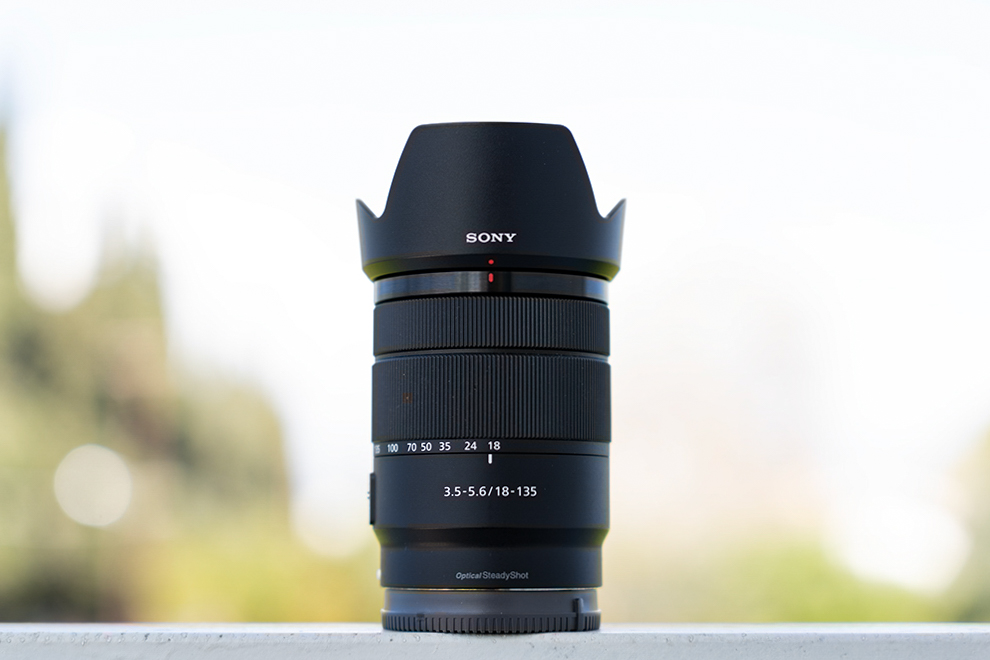
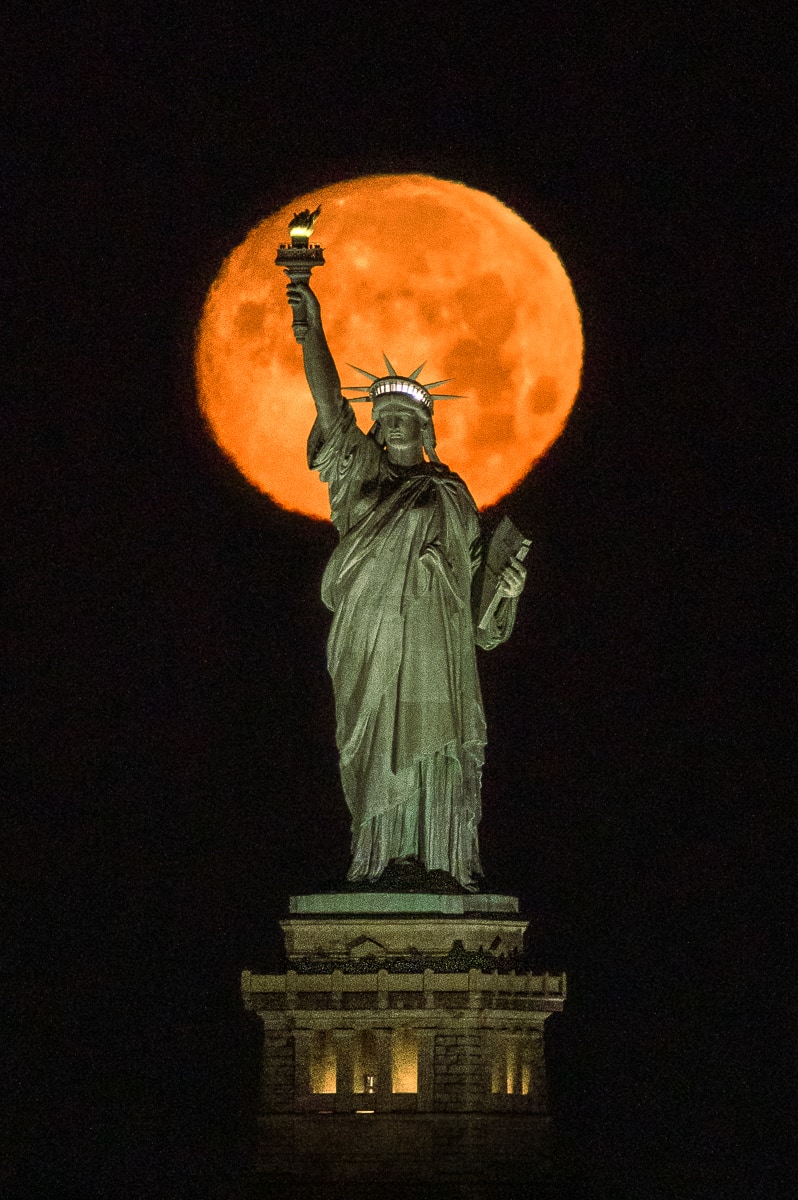


2 thoughts on “The Sun Doesn’t Set, We Do – Lessons from Sunsets by John Mak”
Wow John! “The Realization” paragraph 🥰As a sunset lover it stopped me in my tracks and I had to re-read those words to really let them sink in. Thank you!
I’m so glad that part resonated with you! 🌅 As a fellow sunset lover, I know how those moments can really make us pause and reflect. Thank you for taking the time to re-read and share this, it means a lot!